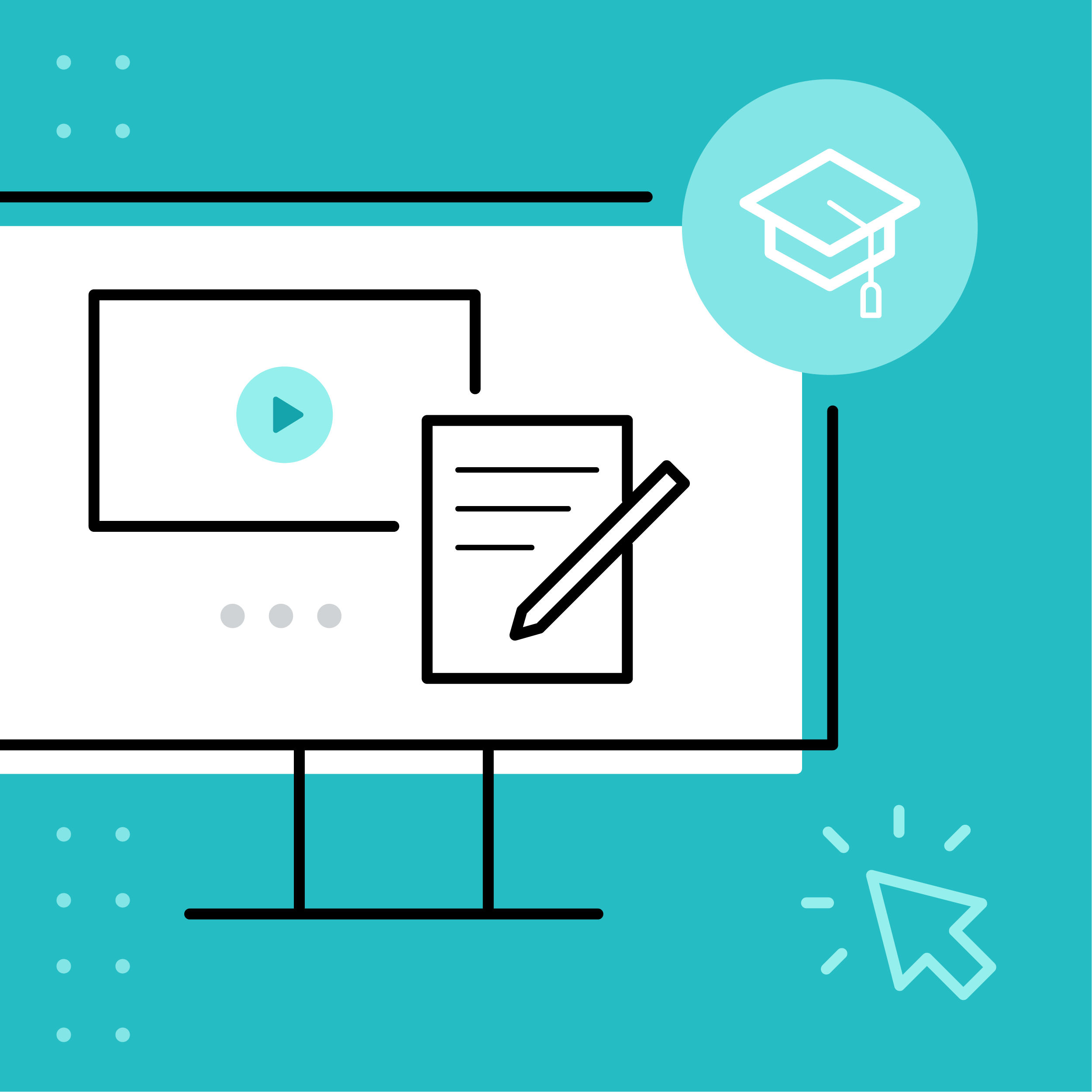This guest blog post was written by Mohd Sohel Ather, a senior primary software engineer. He focuses on actionable and unique ideas that can be used to grow your business and make a real difference for your customers.
Do you know who is believed to be the first to gamify education? Though Nick Pelling came up with the term in 2003, it was 19th-century Russian scientist Dmitri Mendeleev who was among the first to use the gamification method for education.
Both a scientist and educator, Dmitri is famously credited for publishing the Periodic Table of Elements. Struggling to get good grades during his studies, he combined his love for playing cards with learning to create the famous table. The method was a logical process, in which cards were used to categorize the elements, eventually including the information in a table to understand how each element is different.
So while many may think gamification and learning systems are not relevant to each other, think of Dmitri and the neuroscientists. Many scientific types of research have been conducted to recognize various elements that humans react to and how they learn when interactive gaming is introduced in teaching.
We will take a look at the advantages of gamification in eLearning, but before that, here are some fun facts and figures.
What is Gamification?
Before we go into how gamification is beneficial for eLearning, here is an in-depth overview. Put it in simple words, gamification is the idea of incorporating gaming-line elements in a non-game environment, mainly eLearning, like putting a point system, leader boards, badges, awards, and different levels.
The motive behind gamification for the online education system is to offer fun and motivation to learners while increasing their engagement significantly when done right. Other elements can be incorporated in eLearning gamification like,
- Story: The user is embedded in the plot of the subject for learning.
- Competition: The system is developed so the learner can compete against each other, fictional characters, and the game itself.
- Game Mechanics: A game-based problem-solving approach is developed to learn about facts, data, and other details of the subject.
It has been found by the University of Colorado that gamification in eLearning helps individuals with the improved skill-based assessment process and also retention of the materials.
Furthermore, with gamification moving into mainstream eLearning, it has been projected that between 2020 and 2025, the CAGR of the gamification market will have a growth of 30.1%. More studies showed that the education gamification market was touted to be 1.5 billion in 2020 as per Statist’s research in 2016, and by 2024 the revenue generated by game-based learning will be more than $24 million. As per MarketsandMarkets, 2020 data, the gamification’s market global value in 2020 touched $9.1 billion.
Science Direct, 2020 revealed that 34.75% of students perform better when challenge-based games are incorporated for education, and compared to the traditional means of learning, 67% of students found gamification learning to be highly motivational and engaging.
All these figures depict that introduction of gamification in learning is a necessity; PWC reported 75% psychology and 25% technology gamification.
How Gamification is Changing the Learning System
A sudden hike was noticed in eLearning along with gamification. To go online to study was the only choice left. This practice was proven to be isolating for the learner. This helped in keeping the learners engaged.
However, as life gets back to normal, it has become evident that gamification will be ruling the education system, mainly eLearning platforms. The top five benefits and how gamification is reshaping the learning system are:
Interactive and Fun
Learning is the antonym of fun for most people, and an element of fear is also present at times when it comes to learning anything new. However, with interactive elements introduced in eLearning with gamification, a feeling of immersion is experienced. This makes the learner feel more engaged, while gamification leads to fun while making the material informative. Thus the fun element has made the students not being forced to learn instead enjoy learning.
Increases Retention
Since gamification plays on the psychology that drives and increases human engagement and motivation, it helps with retaining knowledge. Whether a class five student or a professional needs to learn about compliance training. The interactive element integrated into gamification enables one to absorb knowledge and retain them for long. This builds awareness for the practical usage of knowledge.
Boosts with Information
Knowledge is best utilized when it can be used in real life. When gamification is incorporated in eLearning, the learners can apply the knowledge of the subject in real-life scenarios, which are built into the gaming system. Their choices in gaming offer them the outcomes in real-time. This gives the learner an opportunity to have in-depth knowledge of the subject in detail while using the information. This enables them to use the knowledge in their personal and professional setting once they move out of the classroom.
Real-Time Feedback
The learner gets real-time feedback along with measurable outcomes on an immediate basis. The learners get the chance to set meaningful targets along with feedback on when they fail immediately instead of waiting for days to months for their performance. This further lends an opportunity to upskill and improve better recall ability and retention.
Improves Learning Experience
By nature, we are curious creatures, who want to learn and discover, but the traditional training methods often become a hurdle. This introduction of gamification in the eLearning system helps grab a focus on the subject. When reinforcements like badges and scores are given in a positive manner when they succeed in a challenge, learners become active participants. The entire process offers a favorable learning experience that helps them retain the information for the long term.
Conclusion
Now that you have an idea of how gamification is reshaping eLearning, club gamification, and eLearning together. This way you can help the students learn better in a most interactive way. Hence, making learning easy for them.










